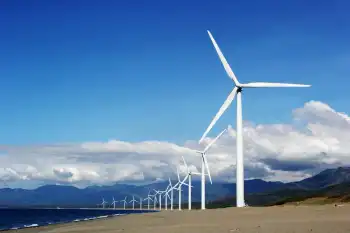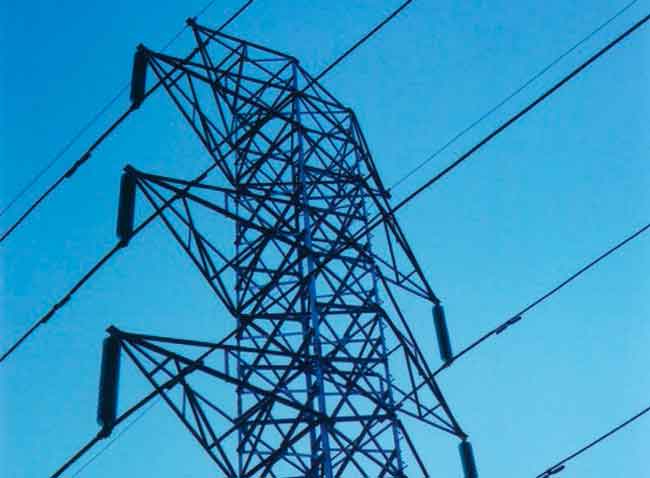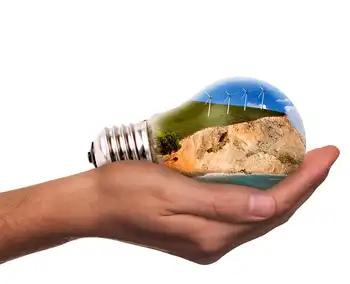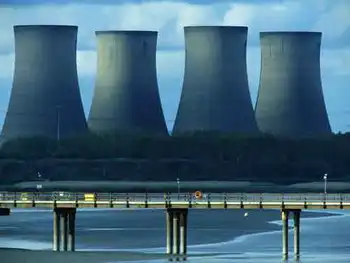DOE to Award $12.3 Million for Energy Efficient and Clean Energy Projects
WASHINGTON - Sept. 10 -- The Department of Energy (DOE) today announced the award of $12.3 million to 21 broad-based, cost-shared research projects that will simultaneously advance energy efficiency and fossil energy technologies. The projects promote crosscutting systems in different research fields designed to be applied to both areas of science.
"A strong commitment to leading-edge science is necessary in order to develop energy efficiency and clean energy technologies," Secretary of Energy Spencer Abraham said. "Addressing crosscutting science needs within DOE maximizes the taxpayers' return on investment in key technology areas such as solid-state lighting, membranes that produce hydrogen, advanced fuels and chemicals, solid oxide fuel cells, as well as process sensors and controls."
This crosscutting approach seeks to broaden DOE's energy efficient and clean energy research and development work while expanding and formalizing existing cooperation between DOE's offices of Energy Efficiency and Renewable Energy and Fossil Energy.
Bridge research and development falls between exploratory research - traditionally pursued by universities - and applied research and development - pursued by private sector firms. This middle ground of research, crucial to identifying and proving the feasibility of multiple potential applications of a fundamental scientific discovery, is often overlooked.
The projects, managed by universities and companies in 13 states, will run from one to three years and target scientific developments in the following broad technology areas:
Materials, including developing higher-performance and less- expensive materials for energy-efficient lighting such as electro- optical and luminous substances, membranes for hydrogen production, and cathode materials used in fuel cell production;
Fuels and Chemicals, including computational chemistry and synthesis gas science needed to make better, cleaner fuels from synthetic gas; Sensors and Controls, including process optimization, emissions reduction and sequestration, extreme environments (FE applications) to building systems integration (EERE applications) and embedded sensors could benefit from projects in this area; and
Energy Conversion, including converting heat into electricity by advancing research in motor-control and power-conversion technologies as well as direct thermal-to-electric energy converters.
Related News

$550 Million in Clean Energy Funding to Benefit More than 250 Million Americans
WASHINGTON - The Biden-Harris Administration, through the U.S. Department of Energy (DOE), today released a Notice of Intent announcing $550 million to support community-based clean energy in state, Tribal, and local governments — serving more than 250 million Americans. This investment in American communities, through the Energy Efficiency and Conservation Block Grant (EECBG) Program, will support communities across the country to develop local programming and deploy clean energy technologies to cut emissions, reduce consumers’ energy costs, and help meet President Biden’s goal of a net-zero economy by 2050.
“This funding is a streamlined and flexible tool for local governments to…




